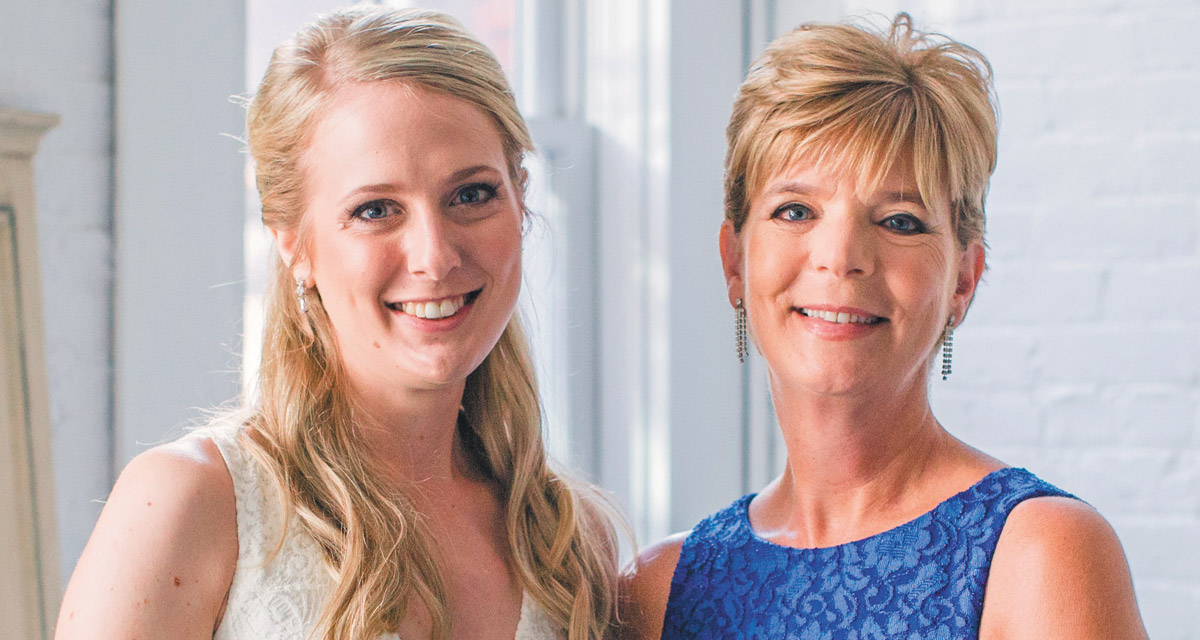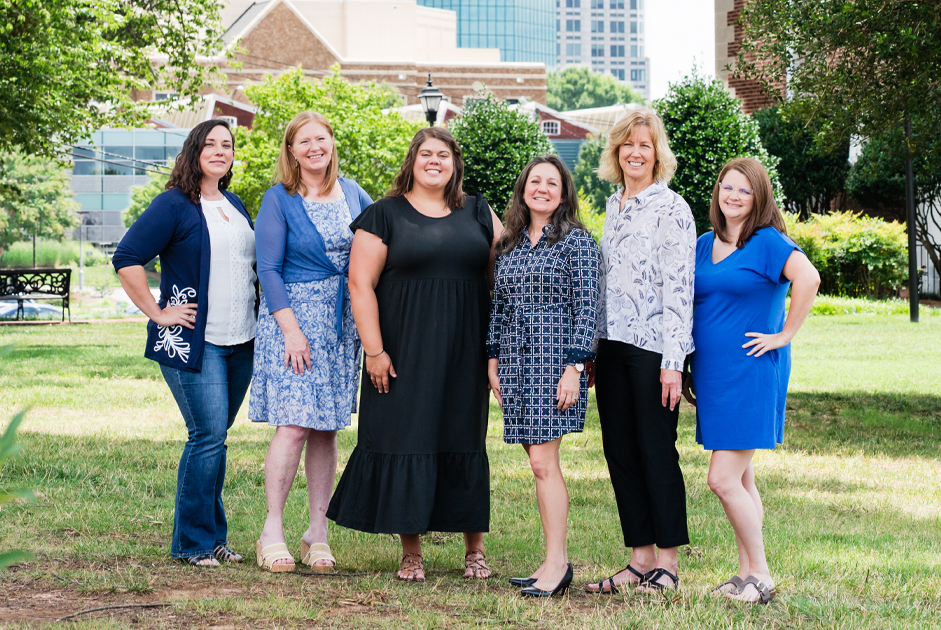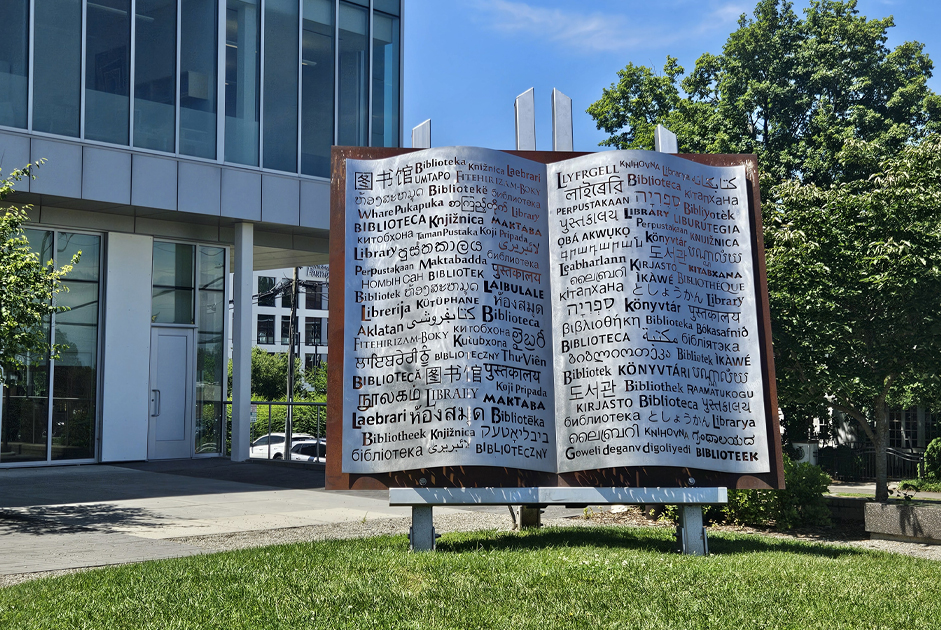Merriam-Webster defines obsessive-compulsive disorder (OCD) as “an anxiety disorder characterized by recurrent obsessions or compulsions or both that cause significant distress, are time-consuming, or interfere with normal daily functioning, and are recognized by the individual affected as excessive or unrealistic.”
Allison Britz, author of Obsessed – a Memoir of My Life with OCD, shares her first-hand experiences with the onset of her OCD. In her book, she holds nothing back in describing the relentlessness of the thoughts in her head, the extent of which she tried to hide, and the initial stages of treatment once she and her parents found a specialist to help her learn how to deal with the condition. For Allison, the recognition stage of the definition came with a visit to that specialist.
What was OCD like from Allison’s perspective?
As Allison reflected on when the initial symptoms began, she admitted that she has no frame of reference. “Although I’d heard of anxiety and depression, I knew nothing about OCD. The angst and confusion were intense and I had no understanding of what was happening. I didn’t tell anyone and, in hindsight, probably could not have verbalized what was going on at the time.”
Allison’s OCD manifested at age 15, a difficult time for teenagers in general and especially so when the repetitive thoughts began to take over. With the pressures of school and the desire to fit it, the impact on her life was immediate. “Everything happened quickly and went downhill fast. I tried to keep as balanced as possible. My goal was to keep whatever this was a secret.” Allison confirmed that a few teachers approached her, due to a change in her study habits and quality of her homework. Friends initially reached out, some thinking she had an eating disorder, but she kept everyone at bay. She knew that some people realized something was happening, but either felt it was her business, didn’t want to interfere, or were uncomfortable.
The time period from the OCD onset to finding help was from October to mid-December. Allison revealed that simply to be able to finally talk to someone who understood was remarkable. The pencil that her OCD dictated she had to use for all her homework and tests was down to the size of a tube of chapstick by the time she saw her doctor for the first time. Initially, she worked with her therapist several times a week and gradually was able to move to less frequent sessions. Allison noted that the first time she saw a classmate in the doctor’s waiting room she realized that she was not the only one dealing with OCD. Her sophomore year of high school remained challenging; however, by her junior year, she felt that she’d turned a corner and was better equipped to recognize her OCD when incidents occurred. As a residual impact of her OCD, she struggled with stress about mathematical formulas, eventually withdrawing from that class. But her psychologist and her parents ensured that she had the resources she needed during testing and other anxiety-related aspects of school.
“Since the original diagnosis, I’ve become open and vocal about my OCD,” Allison revealed. “I’ve found that people are accepting and understanding. Sharing helps with understanding from my perspective and for that of others as well.”
Her Mom’s point of view?
Kathleen, Allison’s Mom, did not know the extent of her condition and what she endured until she read her book. “Allison was intent on keeping her anxiety and stress self-contained; therefore, even when we found a specialist to help Allison, one who had spent her career in treating OCD, we were only aware of the tip of iceberg. The full picture laid out in her book caused gut punches and heart jabs. How could I have been so clueless? It made me feel a little better when she wrote about her efforts to hide it from me.”
“What did I notice? Allison’s weight loss, for the first thing that got my attention. Our family members are all tall and thin by nature. Allison was running cross-country (or so I thought at the time) so her loss of weight seemed explainable. Finally at dinner one night, I noticed that instead of eating her meal, Allison was just pushing her food around on the plate. My immediate thought was that she was purging. I confronted her with that question and her reaction was so genuine and she seemed so appalled that I even asked the question. I believed her and attributed her weight to too much exercise. I packed Allison’s lunch every day of her school life; it was something I enjoyed doing for my daughter. I learned through her book that at the height of her OCD, she stopped eating them and was hiding the uneaten meals in her backpack.” Kathleen shared an incident about when a neighbor called, worried about how thin Allison was getting and mentioned that when helping her into a car, her hand went completely around her wrist. That was the only time another adult, other than family, shared concern. Adults, like Allison’s friends, did not know what to do or how to help.
The turning point was when Kathleen found Allison on the floor in a fetal position. Allison was so entrenched in her OCD and believed that her thoughts were real. She was convinced that she had a brain tumor.
Kathleen said that their family doctor coordinated an appointment with a psychologist. It was a hurdle to get an appointment within two weeks with a specialist in childhood OCD and anxiety disorders. Allison’s doctor told us that she had the fastest, most severe OCD onset she’d ever seen in her 30-plus years of practice.



















